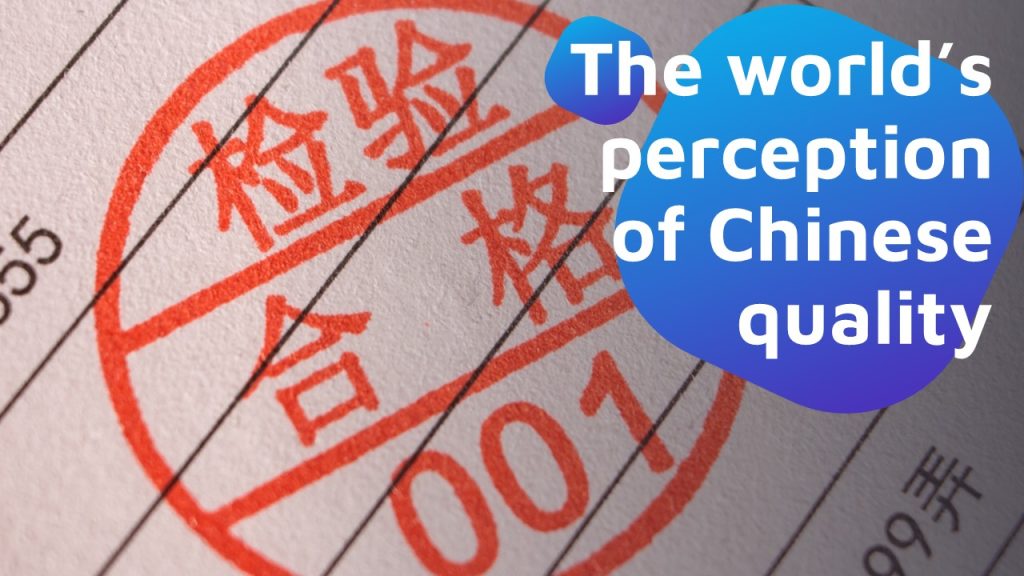Product content is just as important as its features, especially in the era of image. After all, effective communication is what triggers interest, engagement, and eventually sales. But there’s a fine line between saying it all and boring people away (often said “keeping their attention”).
Product content is NOT something you can improvise, or just sketch up on your way to the office. Moreover, it’s the visible tip of an iceberg that needs to be shaped from the bottom up.
WHY IS PRODUCT CONTENT SO IMPORTANT?
Selling products has never been so easy. From whole sellers who ship their stock from their warehouses to dropshipping retailers who just manage customer service, the Internet can make trading much easier at all stages.
Yes, people still want to see, touch, and feel products before paying for them. Some still feel unsafe about providing their credit card information online. And to many others, the personal treatment you get at a physical shop is irreplaceable. E-commerce is only growing – partly due to the pandemic, and those who still own a physical shop need to consider online sales to cover expenses that can be reduced.
Algorithms know all this. And thanks to Search Engines, social media, and the immeasurable work of UX/UI e-commerce becomes more familiar to everyone.
Website visual construction, API integrations and easy communication have made it so easy to sell products online, you only need a supplier and a website. But it’s up to sellers to catch their customer’s eyes. And to do that, they need to be in the right place at the right time.
Product content should be crisp and clear. It’s about the benefits, not the features. It’s not about the product, but about the need it fixes. It’s not about you, it’s about your client.
Minimum Viable Content
Earlier this year, we published “Testing your business ideas”, a quick guide to find and fix products’ weaknesses before going all the way. A well-defined MVP (Minimum Viable Product) is the skeleton of your entire sales strategy, will define what needs to be said, shown and explained.
Since smartphones entered the scene, the attention span has decreased over 30% according to Microsoft. Thus, highlighting your product’s USP’s (Unique Selling Proposition) is the main goal of your product content. Because there’s plenty of content. Everywhere. Sometimes, even too much. And that means there’s a lot of information, and no time to process it.
Do not rely on ads alone
That makes synthesis and clarity critical aspects of a product’s visibility. Of course, you can pay for ads, but that can make numbers rapidly plunge if there are no sales. E-commerce is about sales, not views.
The combination of visual impact and straight-to-the-point copy is what really makes a difference. It’s the age of image and it only takes a few seconds for someone to bounce out from your website, or leave your ad buried for good. Limited characters force you to choose the right words to say as much as you can in as few words as you can.
It’s the age of image. So let image do its job.
What makes good product content?
Answering the right questions
What
State clearly what your product is, does and has, especially if similar products don’t have it. Eventually, that will define your product content needs. Because while some products do fine with lifestyle photography, others get great benefits from video and 3D.
Product content needs to answer basic questions in a brief and complete way. It needs to be thoroughly designed to match what people need to know, and what can be omitted or left for other instances. The questions your product content needs to answer are what will create a mental picture in those who don’t know it.
In other words, focus on the problem it solves and put it in a clear message.
Who
Every buyer belongs to a specific context and social segment, has a specific mindset, a way to search for a solution, and uses different platforms. Good content only exists for some people, and that’s who you need to address your content to.
The better you know your audience and its needs, the better the response.
Where and when
This is where empathy kicks in. You need to be your ideal customer before becoming the seller. Find situations that trigger the need for your product. Knowing when and where a product is needed raises problem awareness and sets the right time and place to become the solution.
How
Explaining how a product solves a problem is probably what this entire post is about. Reaching your audience requires fitting all the questions above together. You must know your audience and speak their language to meet them halfway.
Remember you have something they need, even if they don’t know.
Quality & Responsiveness
Caring for your content proves you care for your product, so make sure to get high-quality images. Plus, you never know what device your product will be displayed on, and yet you need to highlight its selling points.
Get all departments involved
It’s never a bad idea to get your entire team involved with content. Each department and employee know something different about your customers. They will provide different points of view and help creating a consistent product presentation within the brand’s frame.

All of the above work together
Information needs to be given in an attractive way to keep people’s attention not to get lost in oblivion.
How people relate to a product, or a brand is a full-on experience where the written, the visual and the personal are intertwined. Just as intertwined as your entire product content design process should be.
“We don’t need more content. We need content that does more”.
Sara Wachter-Boettcher
Good product ideas need good product content
Not everything needs wording. Good photography and video provide loads of information in very little time. With 3D videos and showcases, any product idea can be pre-modeled and turned into an almost-tangible animation for crowdfunding sites like Kickstarter of Indiegogo, reducing the cost and risk of large-scale production.
5 tips to remember
- Keep your copy simple and to point. Let your graphic content do its job.
- Picture the need and show it with relatable situations
- Everything is intertwined. It is at the design phase, as it is at publication.
- Your content belongs where your customers will find it.
- Consistency matters. Get your team involved so nothing gets left behind.
What can product content do for you?
Why product content is important is a self-answering question: higher engagement, real customer expectations, and increased trust. And eventually, that leads to more attention on social media, and more sales.
However, not all businesses can afford their own content departments, and in turn, they need to squeeze all this to their daily agendas.
Well, Content2Sell specializes in visual product content, aiming specifically at creating the most value by visually highlighting what people need to know. You can check some of our work here, and get in touch with us to get your own product content team.



